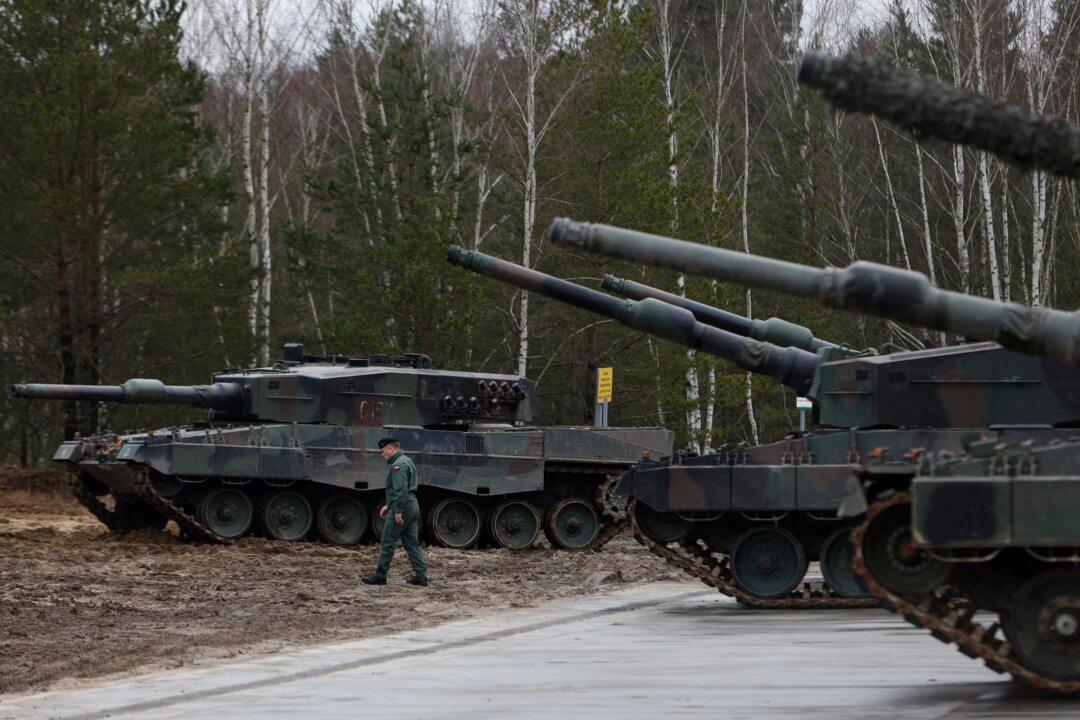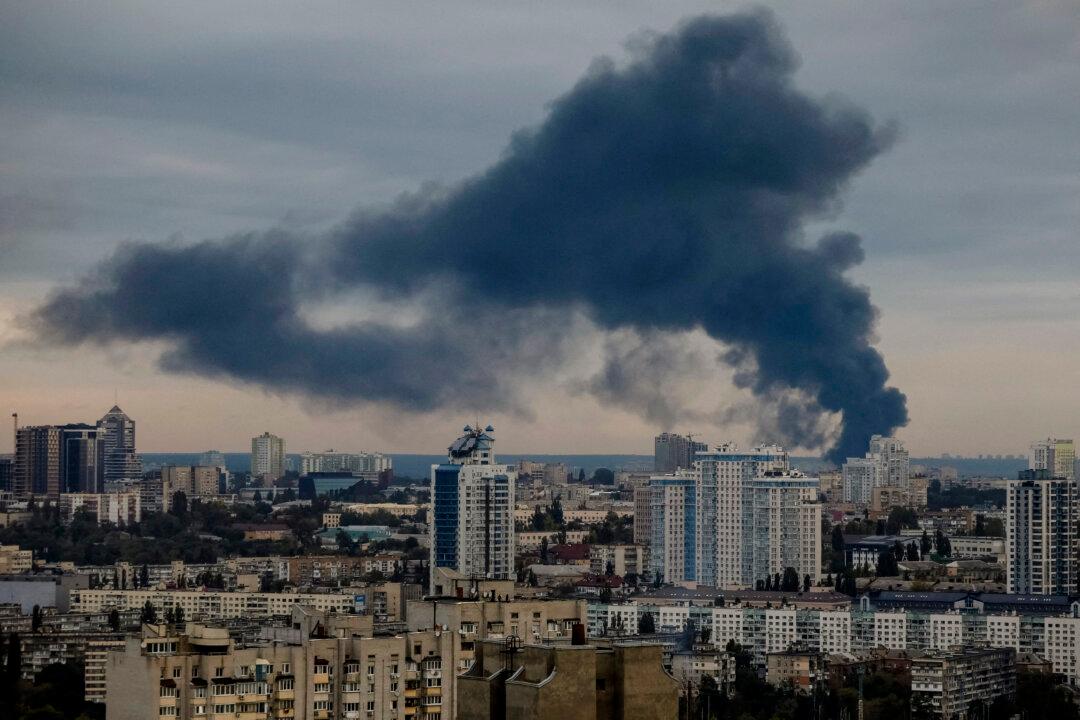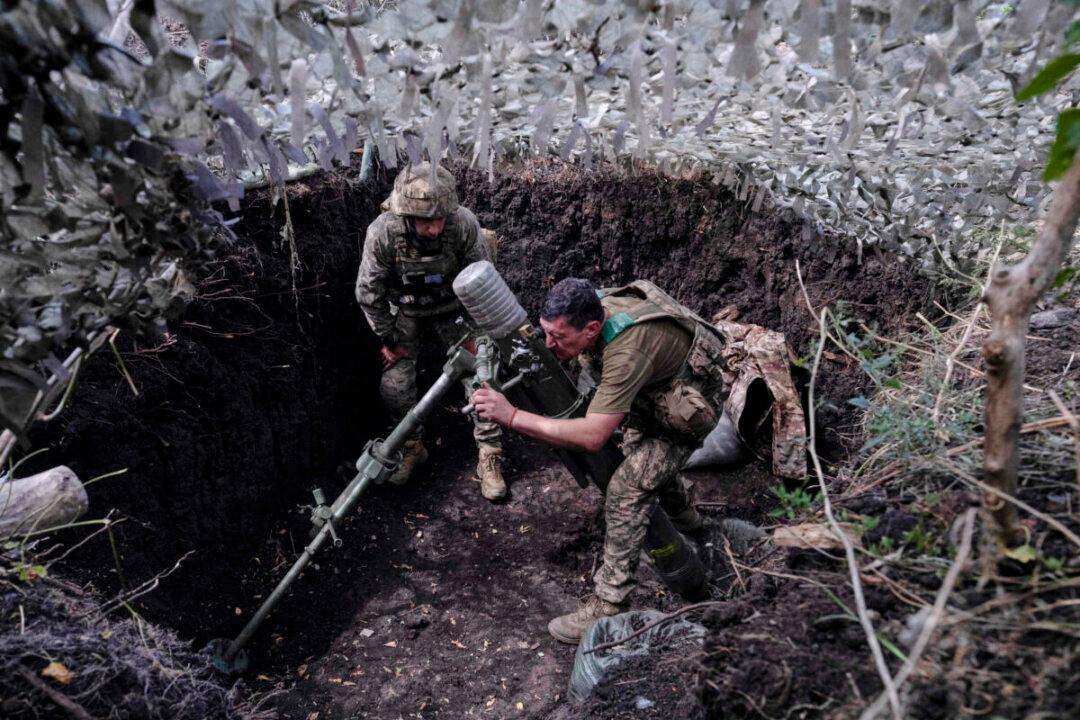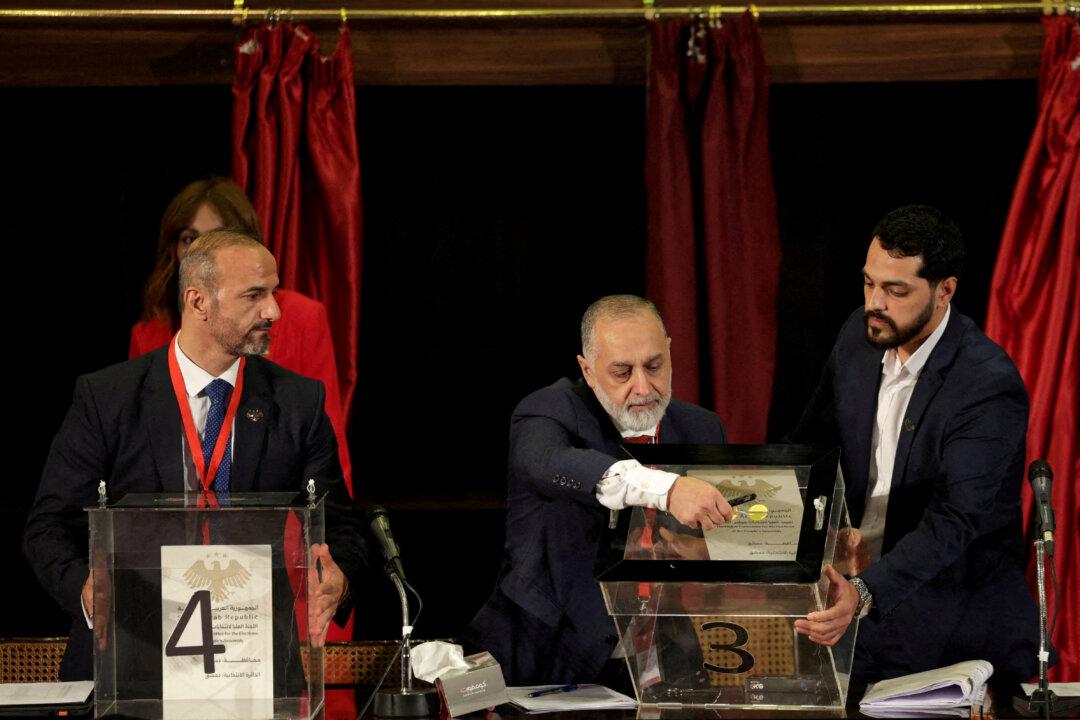Poland is sending additional troops to its border with Belarus, a key Russian ally, after what it described as an airspace violation by two Belarusian military helicopters.
On Aug. 1, Poland’s defense ministry announced its decision to send “additional forces and resources, including combat helicopters,” to its eastern border.





